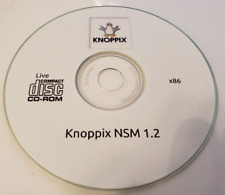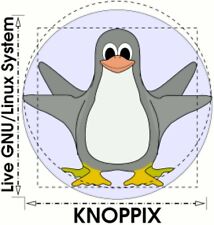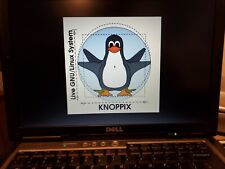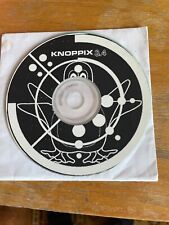-
Senior Member
registered user
cloop and squashfs comparison
Below is a comparison of some of the interesting aspects of squashfs vs cloop when running on the ***SAME*** machine with 4G physical memory. Some details have been snipped for clarity :-
When using cloop kernel driver :-
Code:
# df -h
Filesystem Size Used Avail Use% Mounted on
/dev/sda2 94G 33G 61G 36% /mnt-system
/dev/cloop 4.0G 4.0G 0 100% /KNOPPIX
/dev/loop0 2.4G 940M 1.5G 39% /KNOPPIX-DATA
....
# cat /proc/meminfo
MemTotal: 3588864 kB
MemFree: 3005164 kB
Buffers: 112860 kB
Cached: 303956 kB
SwapCached: 0 kB
Active: 220000 kB
Inactive: 294008 kB
....
# ls -al /mnt-system/KNOPPIX/KNOPPIX
-rwxrwxrwx 1 root root 1546036015 2010-06-16 22:36 /mnt-system/KNOPPIX/KNOPPIX
Here is the corresponding information when using squashfs :-
Code:
# df -h
Filesystem Size Used Avail Use% Mounted on
/dev/sda2 94G 33G 61G 36% /mnt-system
/dev/loop0 1.4G 1.4G 0 100% /KNOPPIX
/dev/loop1 2.4G 939M 1.5G 39% /KNOPPIX-DATA
....
# cat /proc/meminfo
MemTotal: 3588864 kB
MemFree: 2927872 kB
Buffers: 178880 kB
Cached: 329248 kB
SwapCached: 0 kB
Active: 187076 kB
Inactive: 414508 kB
....
# ls -al /mnt-system/KNOPPIX/KNOPPIX.sq
-rwxrwxrwx 1 root root 1453662208 2010-06-16 23:09 /mnt-system/KNOPPIX/KNOPPIX.sq
Summary :-
1. cloop registers the need to use 4G of virtual memory on /dev/cloop, whereas squashfs registers the need for 1.4 G of virtual memory on /dev/loop0
2. squashfs compressed image is smaller by 100M when using the same compression algorithm and block size.
Cheers.
 Posting Permissions
Posting Permissions
- You may not post new threads
- You may not post replies
- You may not post attachments
- You may not edit your posts
-
Forum Rules


Knoppix NSM 1.2
$8.00

KNOPPIX 9.1 LINUX INSTALL & LIVE DVD
$9.99

Knoppix Live GNU Linux System 9.1 on Bootable CD / DVD / USB Flash Drive
$9.99

Linux Knoppix 4.0.2 Installation Disc
$39.99

Knoppix Linux Bootable OS v8.6 "Original Live Operating System" 32G USB Stick
$20.30

Acer Aspire One 9 inch Netbook ZG5 512MB RAM 8GB SSD HD Knoppix Linux WiFi VGA
$79.99

Hamshack Live DVD-ROM
$8.00

Knoppix 3.4 Linux installation CD
$14.00

Knoppix Linux Bootable OS v8.6 "Original Live Operating System" 16G USB Stick
$19.95



 Reply With Quote
Reply With Quote








